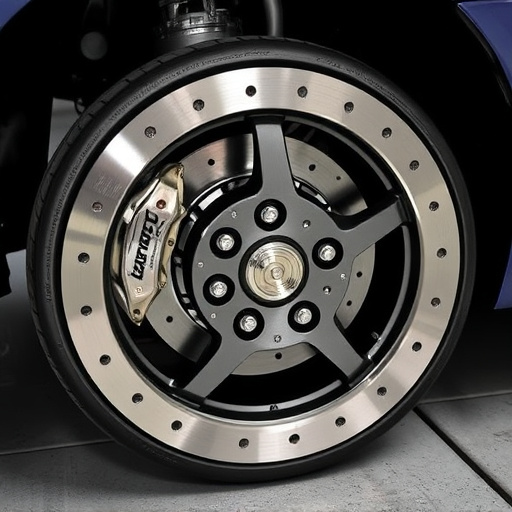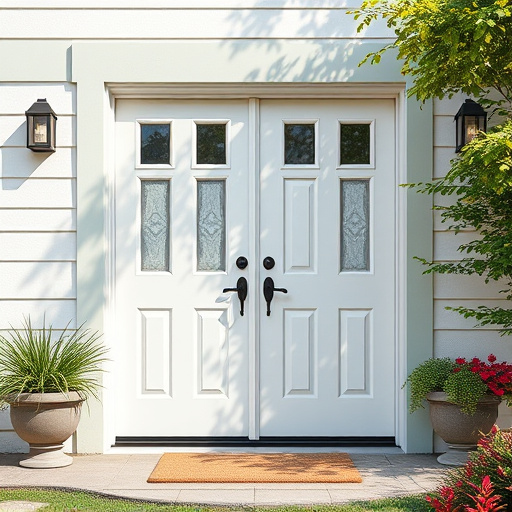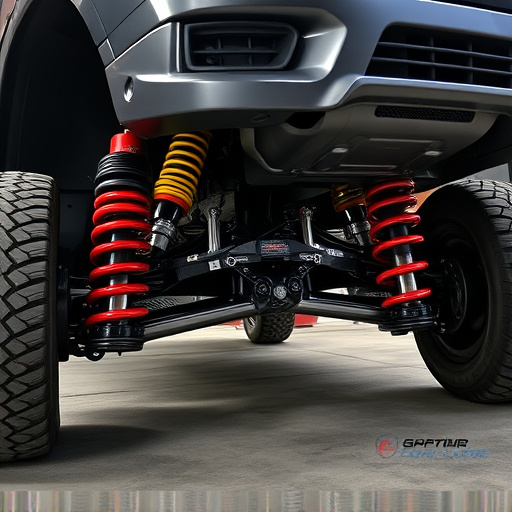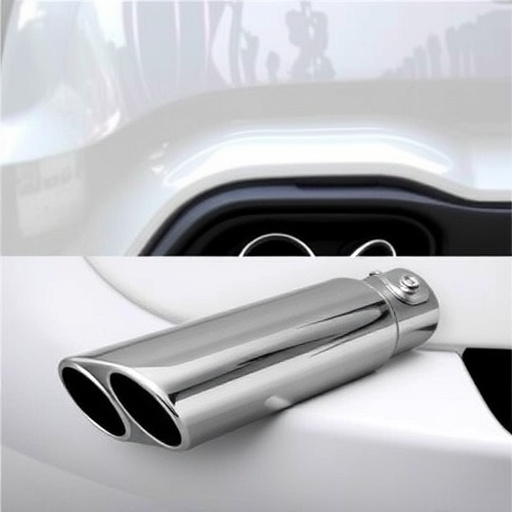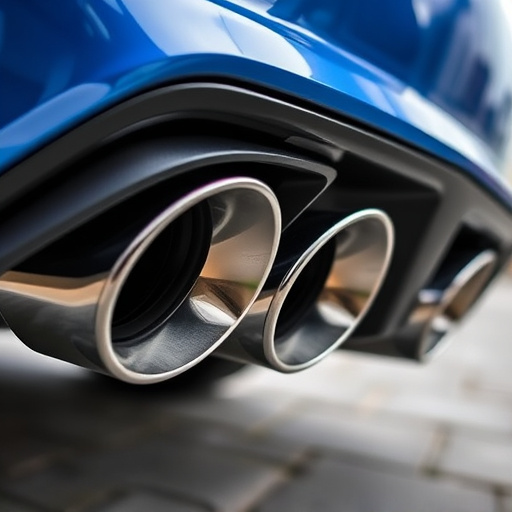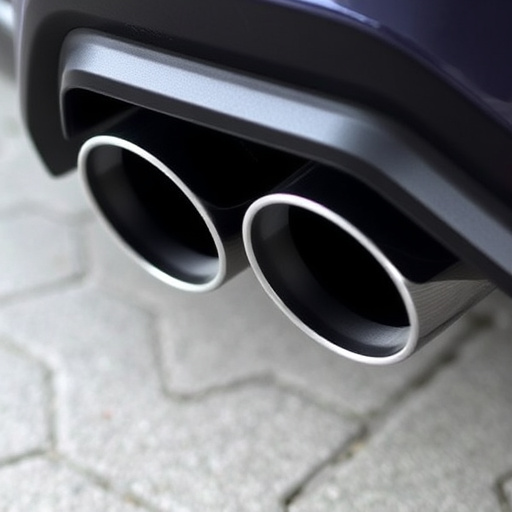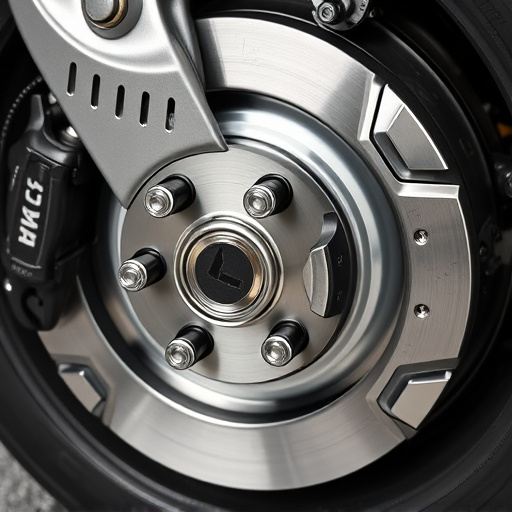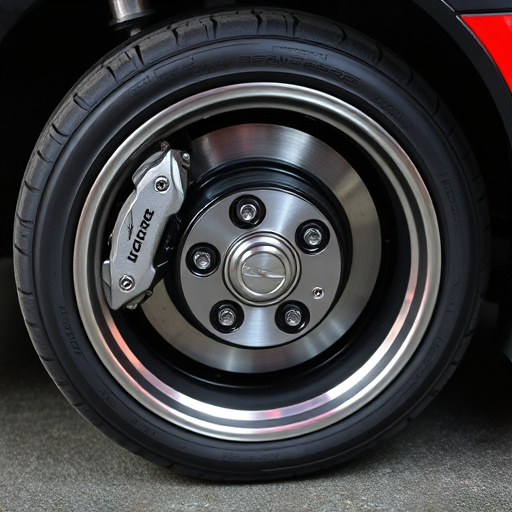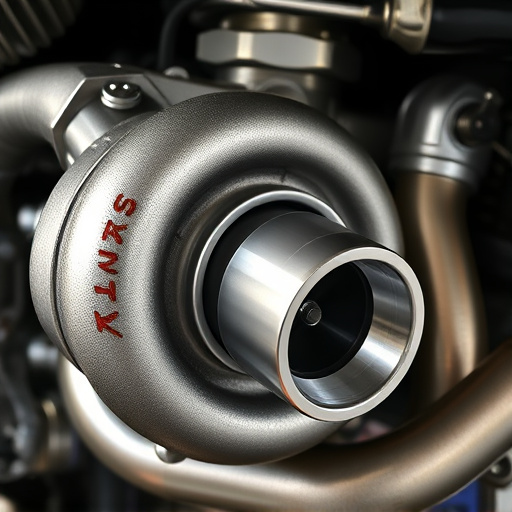Coilovers and lowering springs enhance vehicle performance. Coilovers offer precise height control, improving handling, while lowering springs lower the center of gravity for an aggressive stance at lower cost. Lowering springs lack fine adjustments but maintain better ride quality than excessive lowering with coilovers, which provide optimal track performance. Choose based on desired customization and budget.
Looking to enhance your vehicle’s performance and handling? You might be considering coilovers or lowering springs. This guide will help you navigate these options. We’ll break down the fundamentals of coilovers and lowering springs, explore their unique advantages, and provide insights on choosing the best fit for your driving needs and preferences. Discover why understanding these components is key to optimal vehicle performance and a smoother ride.
- Understanding Coilovers and Lowering Springs
- Performance Benefits and Considerations of Each
- Choosing Between Coilovers and Lowering Springs for Your Vehicle
Understanding Coilovers and Lowering Springs
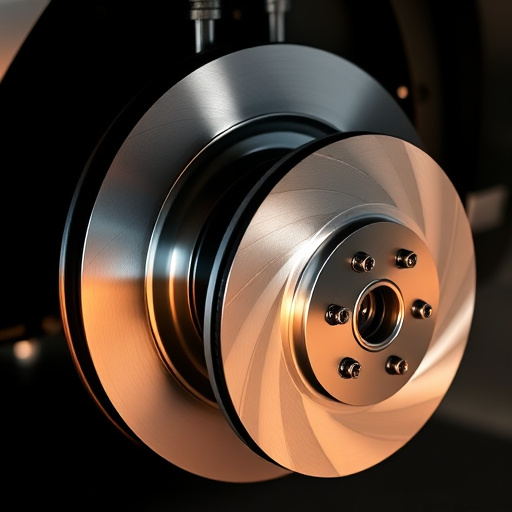
Coilovers and lowering springs are two popular suspension upgrades for cars, each offering distinct advantages to enhance driving dynamics. Coilovers, short for coil spring over shocks, are a complete suspension assembly that replaces the stock springs and shocks. They consist of a spring, shock absorber, and often include adjustable features. These components work together to control wheel movement, providing better cornering, improved ride quality, and customizable height adjustments.
Lowering springs, on the other hand, are designed specifically to lower a vehicle’s ride height, creating a more aggressive stance. They replace the factory springs, making the car sit closer to the ground. Lowering springs can be a cost-effective way to transform a car’s appearance, especially when paired with other modifications like upgraded exhaust systems and performance intake components. However, they may not offer the same level of control and customization as coilovers, and their primary focus is on aesthetics rather than fine-tuning suspension settings, which requires careful consideration of brake pads for safety and effectiveness during modified driving conditions.
Performance Benefits and Considerations of Each
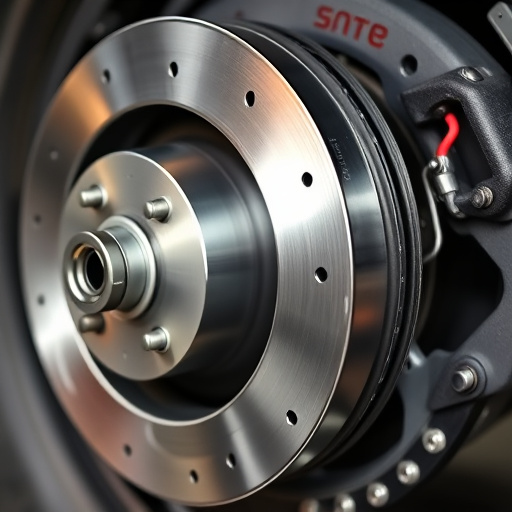
Coilovers and lowering springs are both popular choices for vehicle suspension upgrades, each offering unique advantages and considerations in terms of performance.
Coilovers provide precise control over ride height and can significantly improve handling dynamics. They offer a wide range of adjustments, allowing drivers to tailor the car’s stance for various driving conditions and track use. This precision is particularly beneficial for those who frequently modify their vehicles with high-performance parts, such as upgraded brake pads and custom exhaust tips. Coilovers also enhance cornering capabilities by lowering the center of gravity, resulting in better stability and responsiveness. However, they may require more frequent adjustments and can be more costly to maintain compared to lowering springs, which offer a simpler, more direct method of lowering the vehicle.
Choosing Between Coilovers and Lowering Springs for Your Vehicle
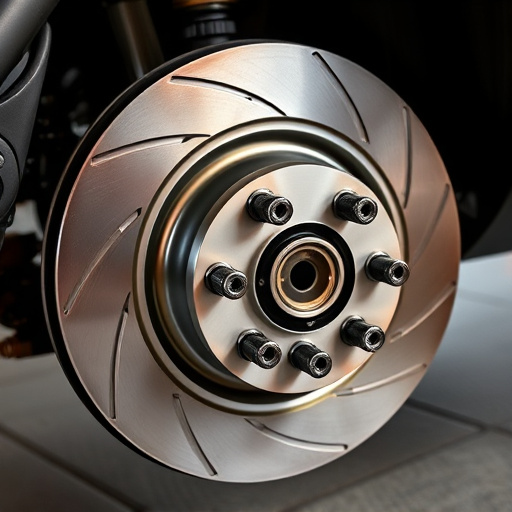
When it comes to enhancing your vehicle’s performance and aesthetics, choosing between coilovers and lowering springs depends on your specific needs and preferences. Coilovers, which are compressed springs housed in a coil assembly, offer precise control over suspension height adjustment. They allow for fine-tuning of ride height, making them ideal for those seeking both style and functionality, especially when paired with performance air filters or cat back exhaust systems.
Lowering springs, as the name suggests, lower your vehicle’s center of gravity, providing a more aggressive stance. These springs are stiffer than stock ones and can significantly alter your car’s appearance, making it look more athletic. While lowering springs are excellent for achieving a dramatic drop, they may not offer the same level of adjustability as coilovers, and excessive lowering can affect ride quality, especially over rough terrain.
When deciding between coilovers and lowering springs, consider your vehicle’s intended use and performance goals. Coilovers offer precise height control and adjustable stiffness, making them ideal for track days and those seeking advanced handling. Lowering springs, on the other hand, provide a simple, cost-effective way to lower your car’s ride height, appealing to those focused primarily on aesthetics. Evaluate your priorities—performance or style—and choose the component that best aligns with your vehicle’s needs and your personal preferences.





